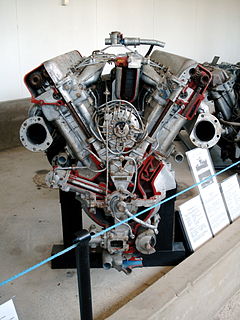 W
WArtilleriyskiy Tyagach Lyogkiy, or AT-L was a Soviet Cold War era artillery tractor. The vehicle has the same cab as the ZIS-150 and ZIL-164 trucks, but has a different front end and grille similar to that of the GAZ-51 truck.
 W
WThe BT tanks were a series of Soviet light tanks produced in large numbers between 1932 and 1941. They were lightly armoured, but reasonably well-armed for their time, and had the best mobility of all contemporary tanks. The BT tanks were known by the nickname Betka from the acronym, or its diminutive Betushka. The successor of the BT tanks was the famous T-34 medium tank, introduced in 1940, which would replace all of the Soviet fast tanks, infantry tanks, and medium tanks in service.
 W
WThe BT-7 was the last of the BT series of Soviet cavalry tanks that were produced in large numbers between 1935 and 1940. It was lightly armoured, but reasonably well-armed for the time, and had much better mobility than other contemporary tank designs. The BT tanks were known by the nickname Betka from the acronym, or its diminutive, Betushka.
 W
WThe Kharkiv model V-2 was a Soviet diesel tank V-12 engine designed at the Kharkiv Locomotive Factory by Konstantin Chelpan and his team. It is found in the BT-7M (BT-8), T-34, KV, IS and IS-10 (T-10) tanks, and by extension, the vehicles based on them, such as the SU-85 and SU-100 tank destroyers based on the T-34 and the ISU-122 and ISU-152 self-propelled guns based on the IS-2. Throughout its production life, output ranged from roughly 450-700 hp. The water-cooled engine was made of aluminium.
 W
WThe T-34 is a Soviet medium tank introduced in 1940, famously deployed with the Red Army during World War II against Operation Barbarossa.
 W
WThe T-35 was a Soviet multi-turreted heavy tank of the interwar period and early Second World War that saw limited production and service with the Red Army. Often called a land battleship, it was the only five-turreted heavy tank in the world to reach production, but proved to be slow and mechanically unreliable. Most of the T-35 tanks still operational at the time of Operation Barbarossa were lost due to mechanical failure rather than enemy action. It was designed to replace the T-28 at the time; however, very few were built.
 W
WThe T-44 is a medium tank first developed and produced near the end of World War II by the Soviet Union. It was the successor to the T-34, offering improved ride and cross-country performance and much greater armor. Designed to be equipped with an 85 mm main gun, by the time it was fully tested the T-34 had also moved to this weapon. Both tanks offered similar performance, so introducing the T-44 was not considered as important as increasing T-34 production. Fewer than 2,000 T-44s were built, compared to about 58,000 T-34s. Although the T-44 was available by the end of the war, it was not used in combat. Its upper front plate could not be penetrated by the German 88mm guns found on the Tiger I and Tiger II respectively. It was 1 ton lighter than the T-34-85 and slightly faster.